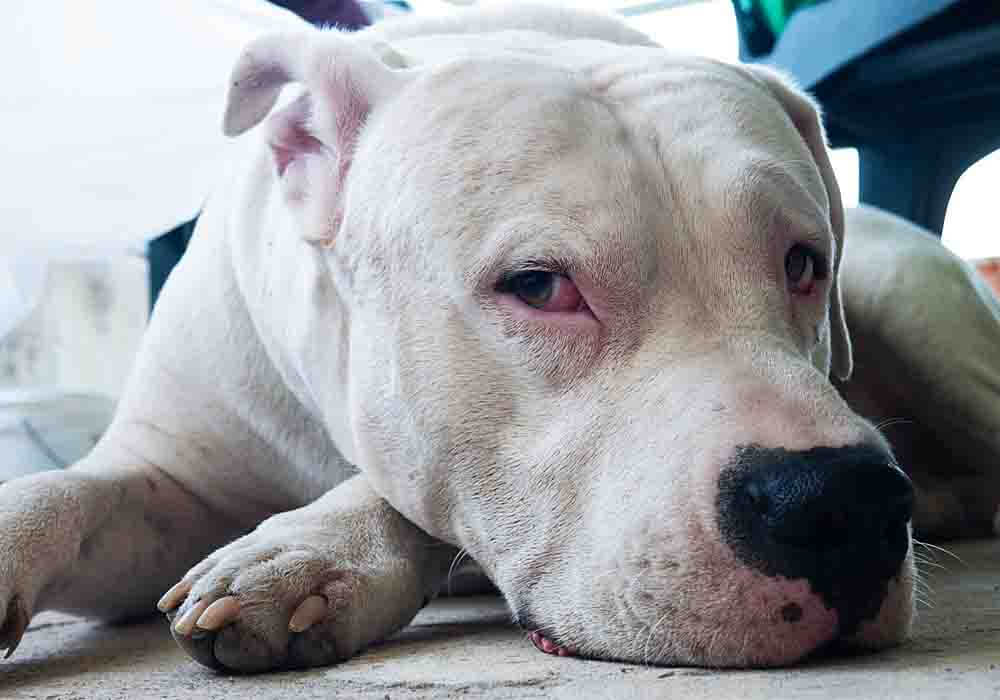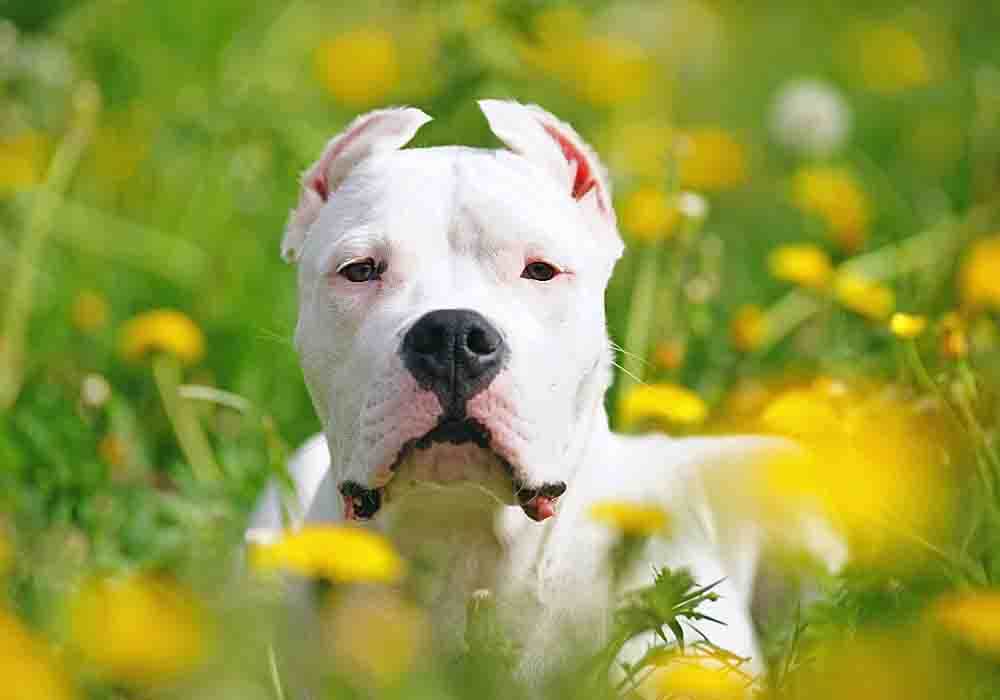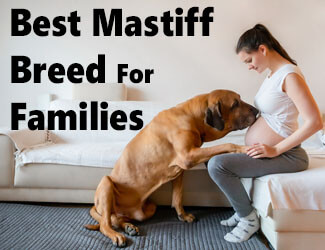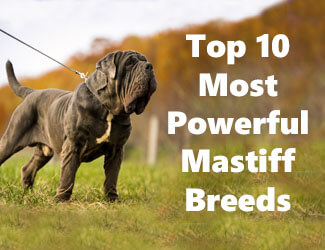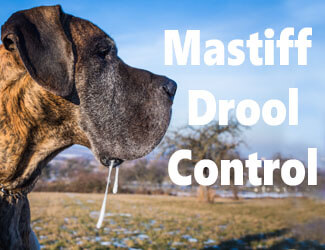Dogo Argentino for Beginners
16 Common Questions Answered
by Ken Alden
Alternatively called Argentine Dogo or Argentinan Mastiff, the Dogo Argentino is a large, muscular dog initially bred to assist in big-game hunting. Despite their relatively high prey drive, Dogo Argentinos tend to make great family pets, but are they great for beginners?
Some Dogo Argentino For Beginners Facts...
Dogo Argentinos are a fairly demanding dog breed for new pet parents. Before bringing a Dogo Argentino home, it’s important to consider their characteristics such as whether they bark, drool, or shed a lot. Other important considerations include their cost, lifespan, and breed-specific preferences.
Are you a beginner (or experienced pet parent) looking to make a Dogo Argentino your newest family member? If so, then you couldn’t be in a better place. Read on to get detailed answers to 16 commonly asked questions about Dogo Argentinos.
Pro-tip: Ever try lifting a Mastiff? Their weight can hurt not only your back but their joints when they hop down from cars, sofas or even your bed. To protect your back and theirs check out the best Mastiff ramps on Amazon.com now.
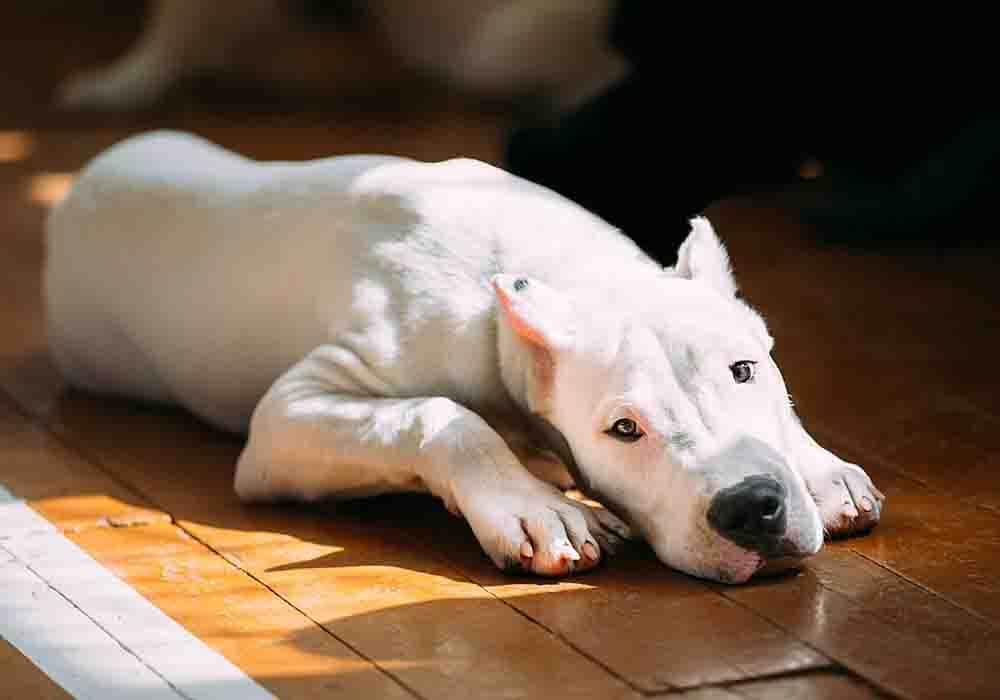
Do Dogo Argentinos Drool a Lot?
Dogo Argentinos do not drool a lot. Unlike their Bullmastiff cousins, there’s no need to constantly follow a Dogo around with a hand towel, but do stay on the lookout for occasional drools. Compared to other breeds, Dogos are relatively light droolers and don’t require frequent cleaning.
Do Dogo Argentinos Shed a Lot?
Dogo Argentinos do not shed a lot. Although, it’s still important to have a grooming schedule and brush your Dogo Argentino’s coat one or two times a week to keep him looking neat and well-maintained. Soft brushes are best, as the breed has a short, relatively sensitive coat that’s easily injured.
Dogo Argentinos How Big Do They Get?
As large breed dogs, Dogo Argentinos do get fairly big. They can grow to a height of approximately 23 to 28 inches (58.42 to 71.12 cm), with males being about an inch or two taller than females on average. A fully mature Dogo Argentino can weigh anywhere between 75 to 100 pounds (34.02 to 45.36 kg).
Pro-tip: Dogo Argentino anxiety, aggression, destructive chewing, jumping up, fearfulness, and other behaviors can be controlled with the right training program.
Here’s a great course that
addresses these issues along with many other dog training basics: Check it out now!
How Much Does a Dogo Argentino Cost?
The cost of Dogo Argentinos range between $1000 to $3,000. Adult Dogo Argentinos are relatively cheaper than puppies, with some fully matured Dogos retailing as low as $800. Championed and purebred bloodlines can cost over $2,000, making Dogo Argentinos a fairly expensive breed compared to others.
Keep in mind that a lower price for a Dogo Argentino tends to be from ‘backyard’ or inexperienced breeders.
How Much Does a Dogo Argentino Puppy Cost?
A Dogo Argentino puppy can cost anywhere from $1500 to $5000, depending on the breeder. Due to the breed’s long life expectancy, Dogo Argentino puppies are usually more expensive than adult Dogo Argentinos. With such a large range, it’s critical to do your due diligence before choosing a seller.
How Smart Is a Dogo Argentino?
A Dogo Argentino is a very smart and strong-willed dog that loves to honor its owners. This intelligent breed quickly learns new tricks and habits if well-trained during puppyhood. However, Dogo Argentino puppies have short concentration spans, and their strong sense of smell tends to distract them.
Typically, this means more work is required to hold his full concentration.
As an adult, a Dogo Argentino is respectful to its owners and obedient to instructions. Moreover, this breed tends to follow instructions to the letter, making them great companions for official duties.
Will a Dogo Argentino Protect Me?
A Dogo Argentino will protect you, as it’s one of the best guard dogs in the world. Not only is the breed notoriously fierce and aggressive, it also has great muscle and balance - all things that make for reliable protectors. A fully matured Dogo can run fast and respond immediately to threats.
Furthermore, due to their hound heritage, Dogo Argentinos have an impeccable sense of smell. their ability to catch scents from afar means you’re likely to be alerted by loud barks well before an intrusion. Therefore, if you’re looking for a dog to protect your family and property, a Dogo Argentino is undoubtedly one of the best candidates.
Pro-tip: Mastiff's (and their owners) love dog crates…and for good reasons. Crates keep dogs from mischief while you're away, are perfect for house training, for traveling by car, and provide the dog a place to de-stress. Check out the best Mastiff crates on Amazon.com now.
Do Dogo Argentinos Smell?
Dogo Argentinos do not smell if you regularly brush their coats. The breed’s short, smooth, white coat is beloved by owners because it doesn’t shed and it’s easy to groom. However, if regular grooming isn’t properly maintained or altogether ignored, Dogo Argentinos may take on an unpleasant odor.
Do Dogo Argentinos Like Water?
To say Dogo Argentinos like water is an understatement. This breed loves water and therefore won’t pass up the chance to splash and play whenever the opportunity presents itself,- especially during puppyhood. As a bonus, this means that Dogo Argentinos bathe easily without causing much fuss.
Though keep in mind, it’s best to bathe a Dogo Argentino only when his coat appears dirty, as the breed has relatively sensitive skin.
Do Dogo Argentinos Have Webbed Feet?
Dogo Argentinos have slightly webbed feet that are characterized by their short, tight-fitting toes that make them good swimmers. And as described by the AKC, Dogo Argentinos also have straight, vertical legs, which gives them great balance and impressive sprinting ability.
Do Dogo Argentinos Bark a Lot?
Dogo Argentinos will bark a lot when excited or trying to gain your attention. Dogos often have thunderous barks made to intimidate potential threats and notify their owners in case of any intruder. Unfortunately, all barks sound the same and come off as aggressive - even when out of excitement.
However, a Dogo will wag his tail and excitedly jerk his body around as a sign he’s barking due to happiness.
You can also expect a Dogo Argentino to bark when lonely, tired or sad. Additionally, when he picks up foreign scents, hears abrupt sounds, or suspects something might have invaded his royal territory.
Are Dogo Argentinos Aggressive?
Dogo Argentinos are aggressive dogs that require proper socialization and behavioral training. These dogs can be short-tempered, especially when threatened, thus training should begin as early as possible. Dogos make good family pets and can get along with strangers and other pets if well trained.
Are Dogo Argentinos Friendly?
Dogo Argentinos are friendly dogs that can get along with adult family members and children with relative ease. And while they can be unwelcoming and get aggressive if poorly trained or provoked, Dogo Argentinos can still get along with people and animals, provided they don’t come off as a threat.
When Do Dogo Argentinos Stop Growing?
On average, a male Dogo Argentino will stop growing at around three years old. Female Dogo Argentinos, on the other hand, tend to mature faster, with most maturing before their third birthday. Although, it’s not uncommon for a Dogo Argentino female to mature around the same time as males.
How Long Do Dogo Argentinos Live?
As revealed by the AKC, Dogo Argentinos live longer than other dogs with a lifespan of nine to fifteen years. However, similar to other breeds, life expectancy greatly hinges on the type of nutrition, lifestyle, and care given to the dog.
How Much Do Dogo Argentinos Weight
Dogo Argentinos can weigh as much as 100 pounds (45.36 kg) or more, if obese. Male Dogos are usually heavier than the females, as most females tend to weigh between 80-90 pounds (36.29 to 40.82 kg). The average male Dogo will weigh anything between 90-100 pounds (40.82 to 45.36 kg).
Dogo Argentino For Beginners...Final Thoughts
Dogo Argentinos are among the strongest dog breeds in the world. They’re intelligent, loyal, and passionate about protecting their beloved family members. However, due to their high levels of aggression, Dogo Argentinos aren’t recommended for first-time dog owners. dogo argentino for beginners
Dogo Argentinos need owners who are firm and consistent in implementing house rules as the dogs can become unruly if not properly handled. You also need to enroll your puppy Dogo Argentino in training to ensure his aggression and heightened scrutiny are toned down as early as possible.
Return to the top of this Dogo Argentino For Beginners page

About the Author...
Ken Alden, a dedicated Mastiff owner for over eight years, is acclaimed for his expertise in care, grooming, and training. Read more About Me and my dog Shadow.
- Mastiff Guide Home ›
- Dogo Argentinos Dog Info ›
- Dogo Argentino for Beginners
